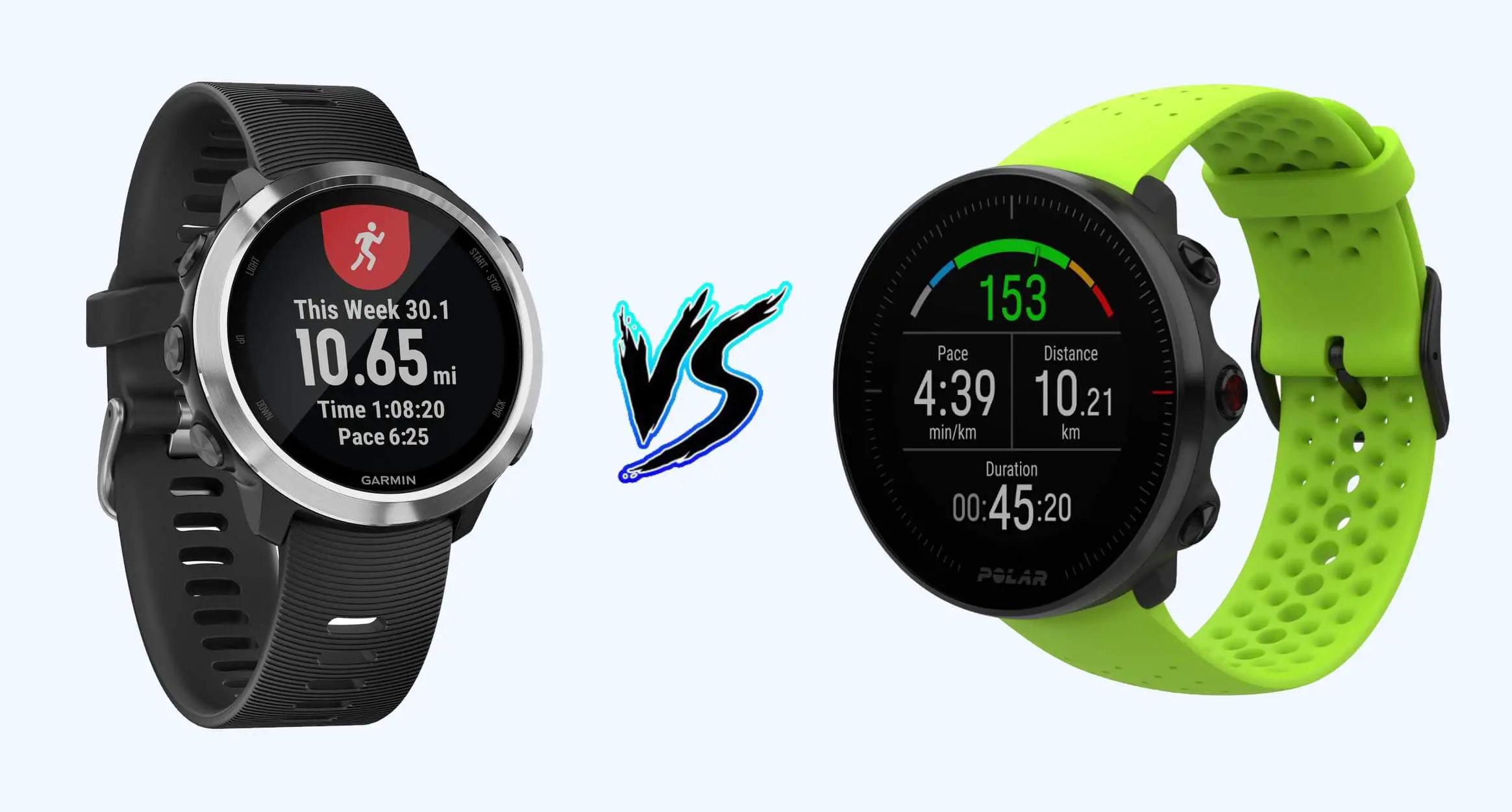The good news for Vantage M fans is that you can unlock running power with both Stryd and RunScribe.
However, the Forerunner 645 has one extra trick up its sleeve, because it supports Garmin Running Power, in addition to being compatible with Stryd and RunScribe.
There is just one extra thing that Garmin fans need to know. In order to unlock running power, you will need to invest in either the Garmin HRM-Run, the Garmin HRM-Tri, or the Garmin Advanced Running Dynamics Pod. ie You must purchase one the products mentioned above, to unlock Garmin running power on your FR645 device.


